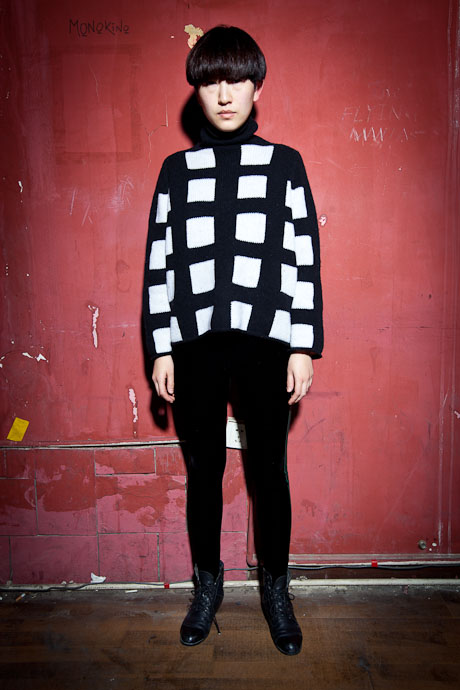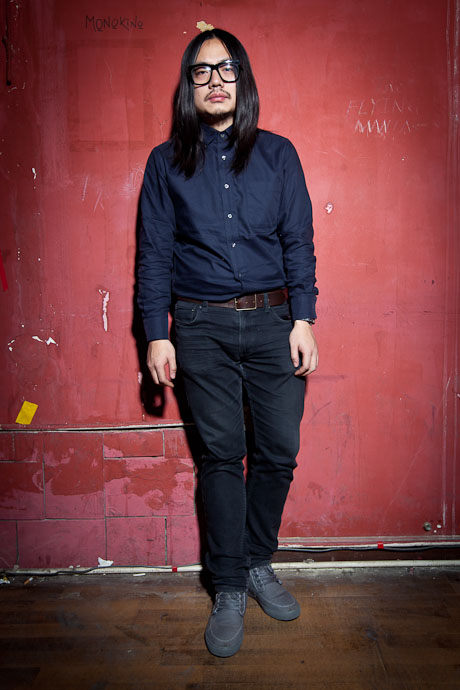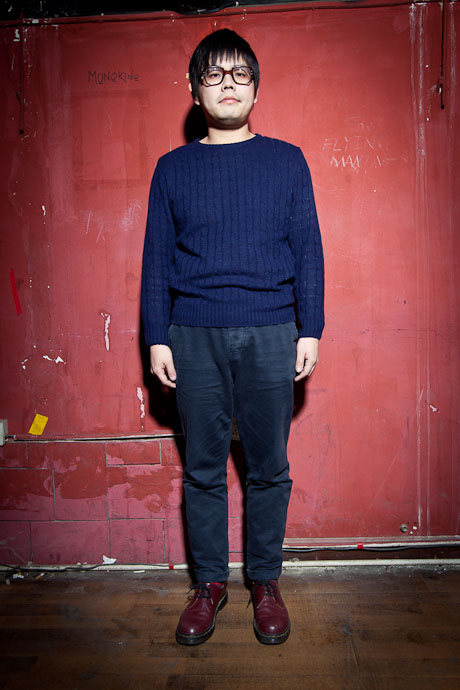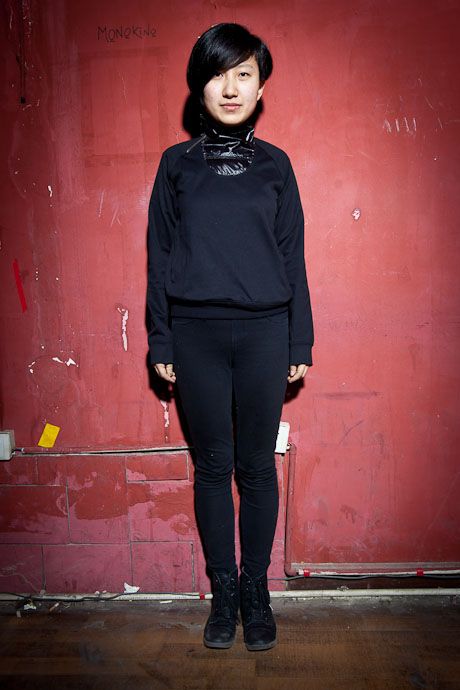Mar 19, 2012 | Art, Development
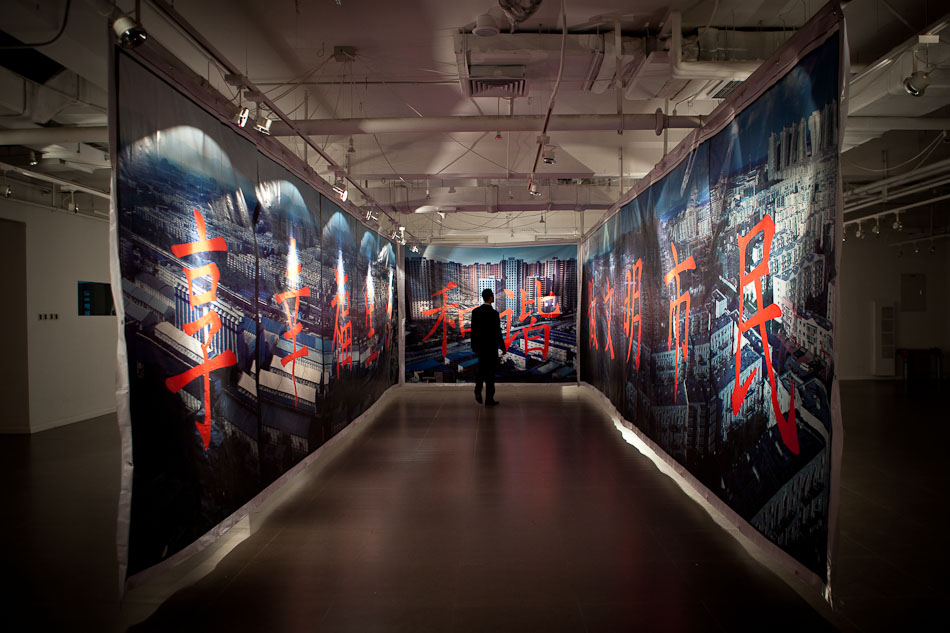
Check out my newest creation. This incarnation of Visions of Modernity examines the “harmonious” transformation of Beijing by recreating propaganda banners espousing “modern” and “civilized” lifestyles. Unfortunately such optimistic rhetoric does not always reflect the current state of urban planning. Megablocks dominate infrastructure surrounding Beijing’s medieval core. Huge swaths of land are handed over to developers and fashioned into towering residential high-rises interwoven with retail and public spaces. The photographs on the tarps depict some of the largest developments in the city. Once constructed, megablocks form distinct urban islands, bounded by grand avenues and further hemmed in by ring roads. Any sense of fluidity within the urban fabric is lost. Entire districts are laid out and rebuilt in such a fashion – like cogs in a machine switched out for newer parts.
As the imposing and monotonous facades of megablocks become the norm, they also reshape the manner in which people live and consume by encouraging social atomization in Western-style apartments. Global commerce immediately took notice of this elaborate transformation of cultural identity. With an increasingly materialistic China in its sights, Ikea opened in Beijing what was at the time its single largest outlet in the world. The compartmentalized lifestyles Ikea put on sale catalyzed a new range of communal practices that are represented in the photographic dioramas attached to the tarps. These Ikea showroom interiors perfectly fit the megablock mold even when unsustainable in nature if implemented throughout the rest of China. There is now a substantial gap between the “modern” and “civilized” vision of Beijing found on banners plastered around the city and how it is actually manifesting in daily practice. Any sense of harmony remains elusive in the midst of this developmental explosion.
For this installation I strung together tarps measuring up to ten meters in length to create photographic corridors of urban landscapes emblazoned with actual propaganda messages used by the Beijing municipal government. Small holes are then cut into particular buildings on the tarps that reveal photographic dioramas of Ikea lit by a single bulb. The size of the installation can be adapted to fit almost any space. In the future I would like it to cover entire buildings. All photographs were taken in Beijing. Check out the video below for a better feel.
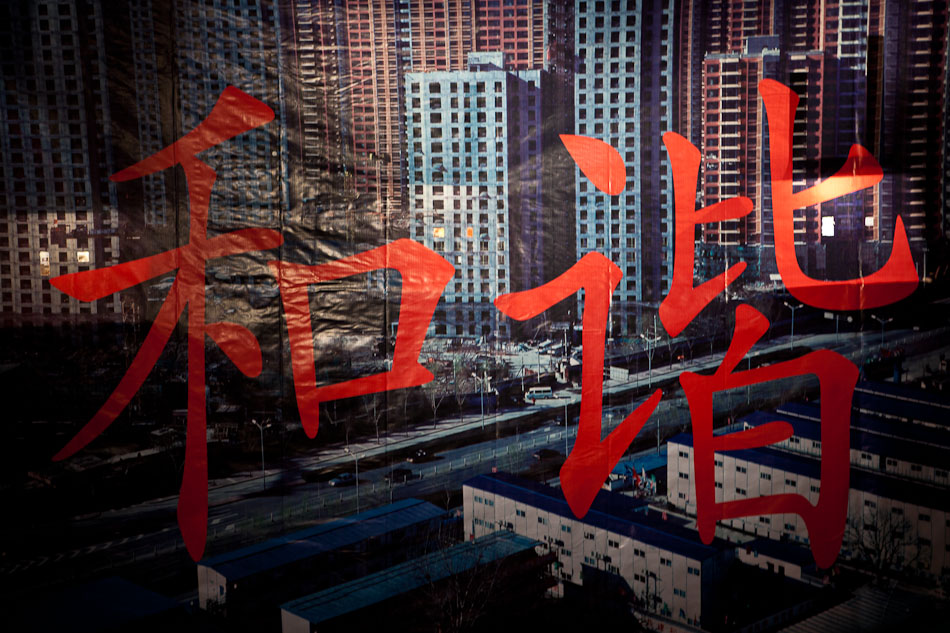
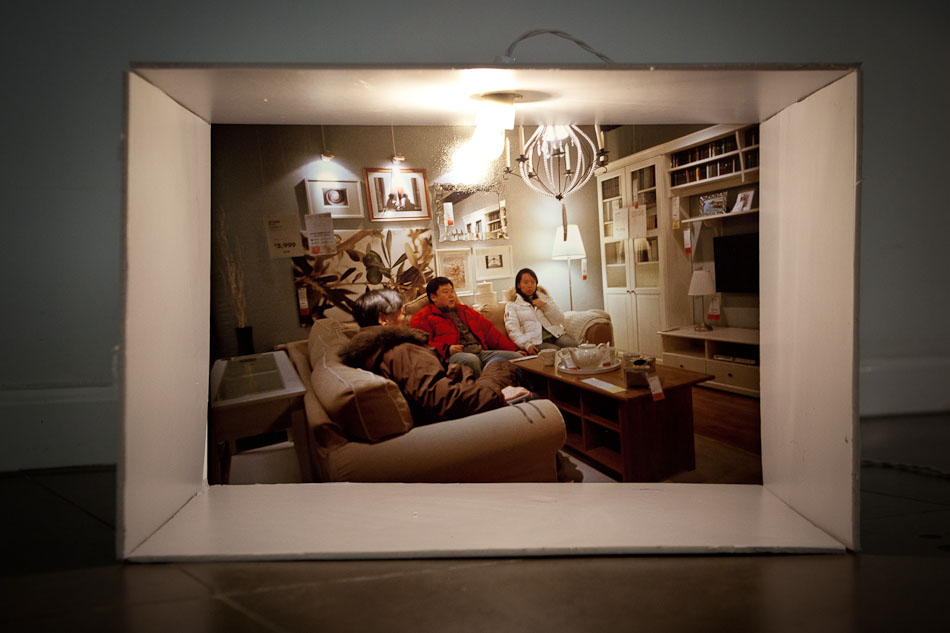
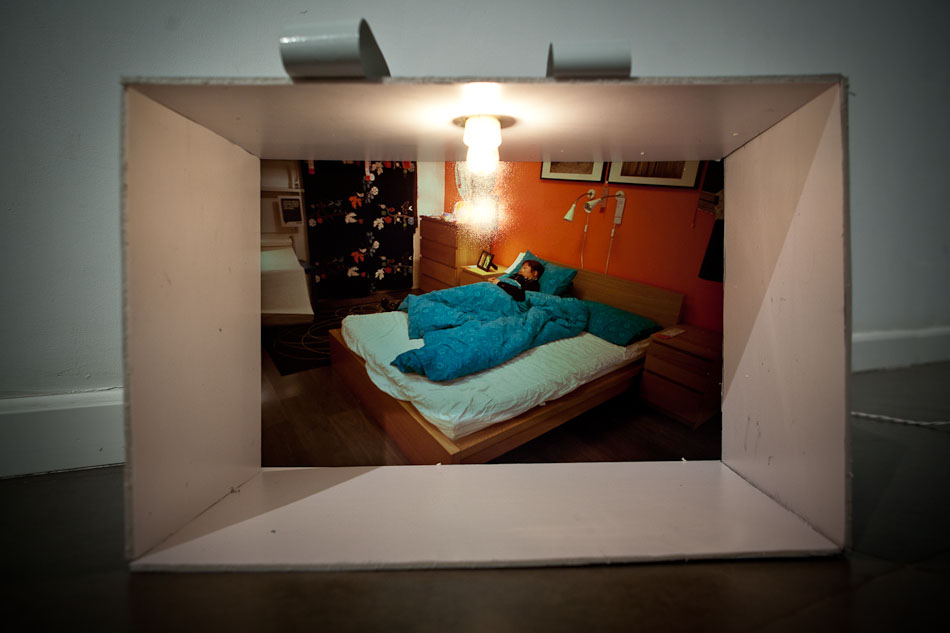
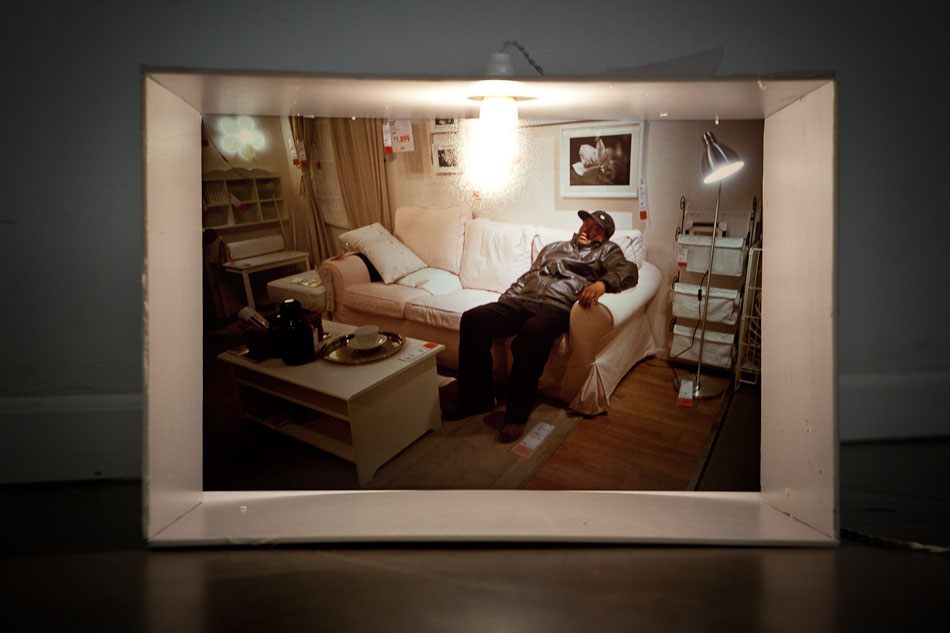
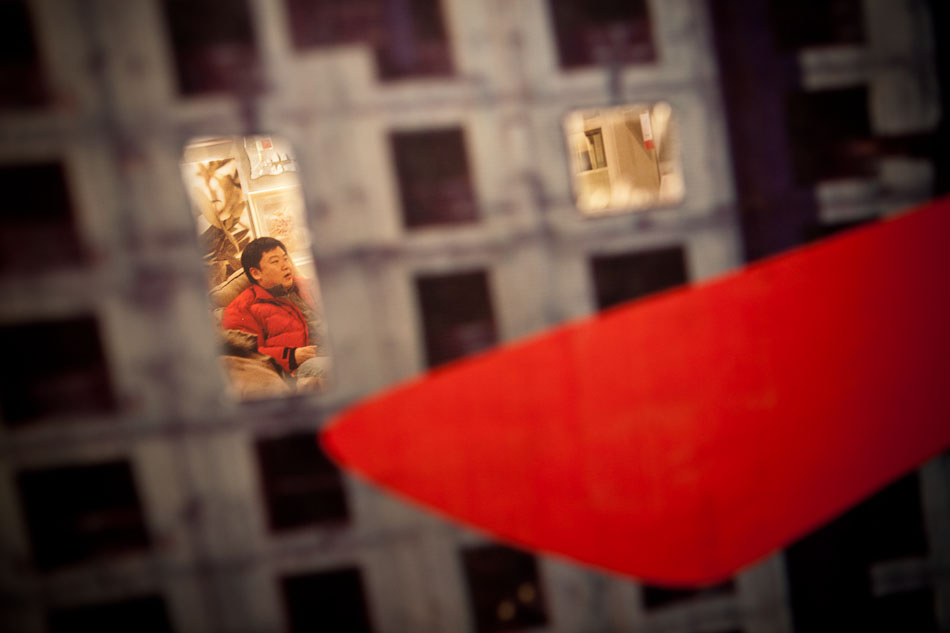
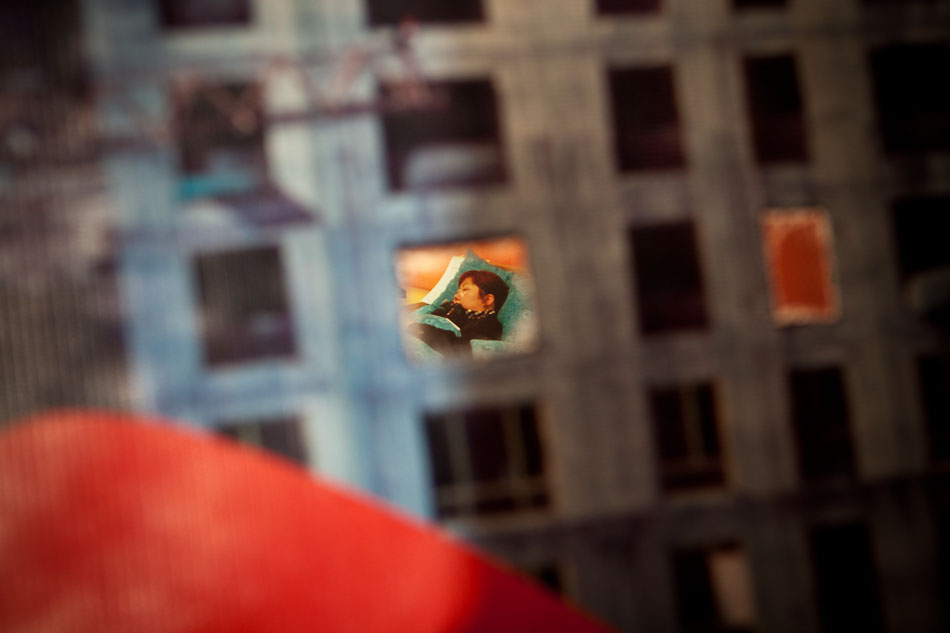
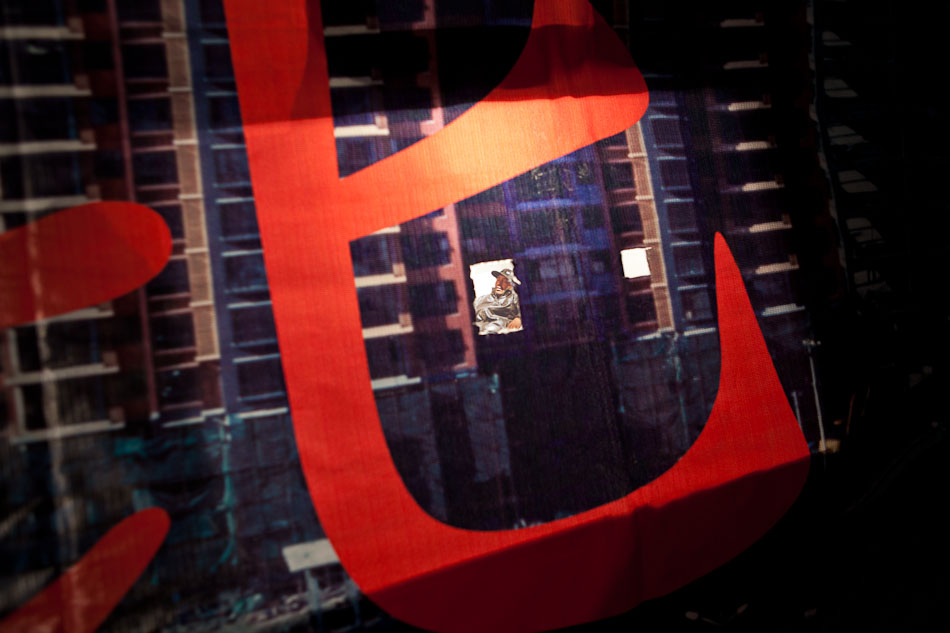
Mar 13, 2012 | Architecture, Clippings
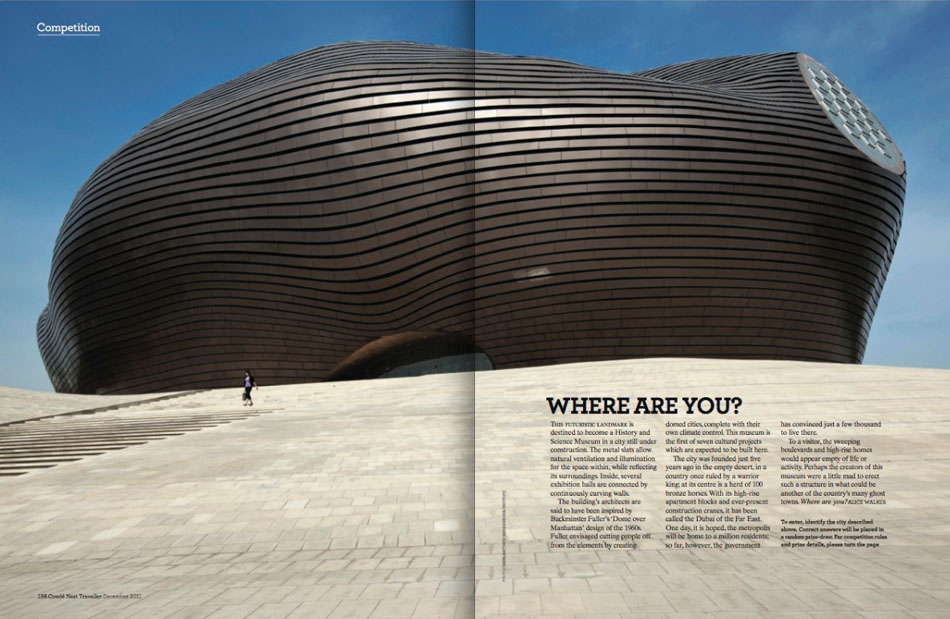
One of my photographs from the amazingly ridiculous Kangbashi district in Ordos was featured in Conde Nast Traveler this past month. The building shown is the Ordos Museum designed by MAD architects, one of the preeminent Chinese architecture firms founded by Ma Yansong who previously toiled as a project designer for Zaha Hadid Architects. The building itself remains a wonder to behold as its irregular shape clashes with the geometrical grid that binds the rest of the newfangled district. Whether or not it will see any use is the real question now that it finally opened. The municipal government can barely get people to stay put in the Kangbashi residential developments, let alone consistently fill up over 40,000 square meters of exhibition space. The flagship cultural center of Ordos will probably accumulate more sand from the Gobi desert than actual visitors. Anyway, I will be featuring more photographs of MAD buildings in the near future thanks to my first assignment with The New York Times Magazine. In the meantime, you can check out some extra photographs I took of the unfinished interior.
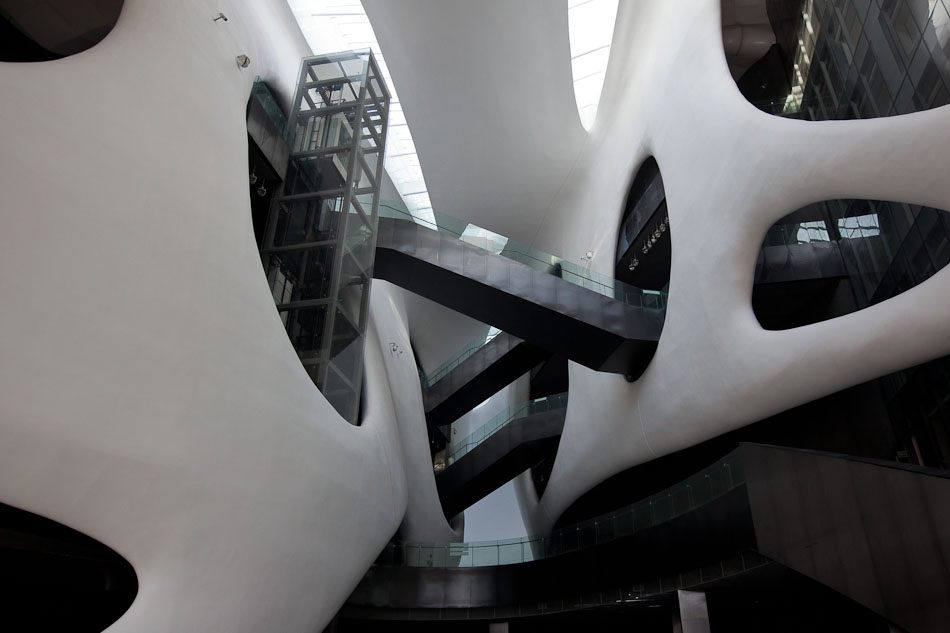
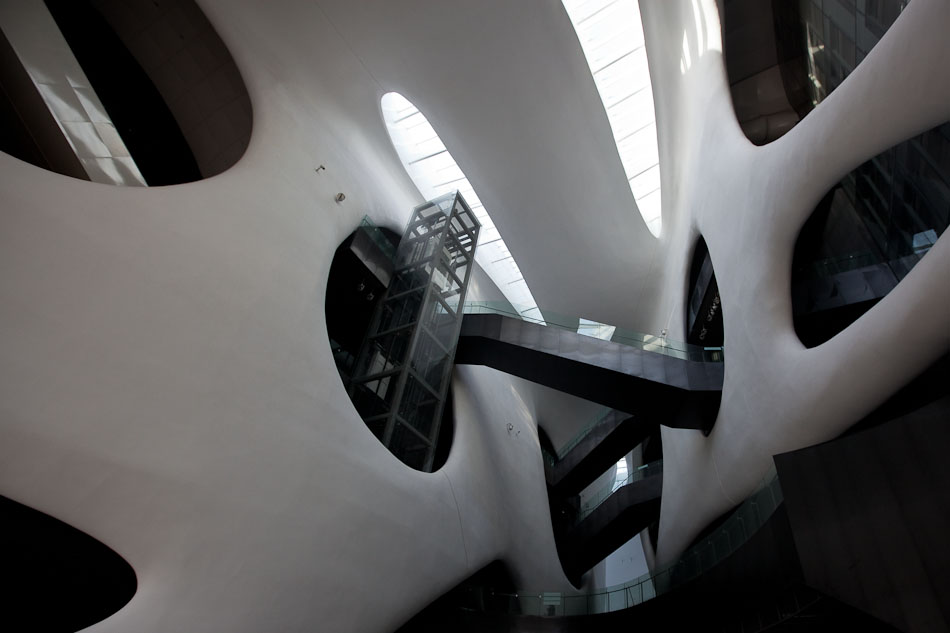
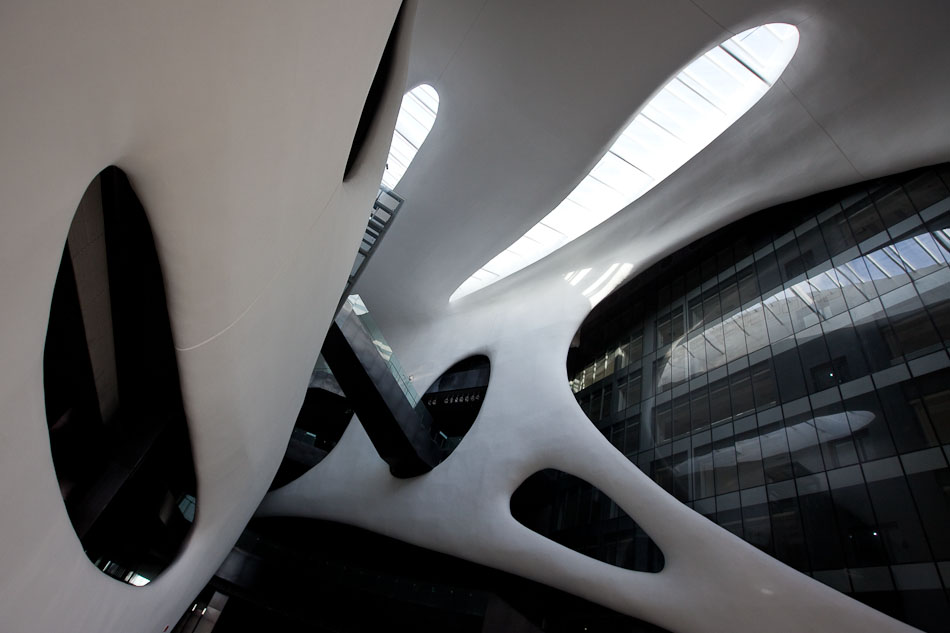
Feb 1, 2012 | Exhibitions, Music
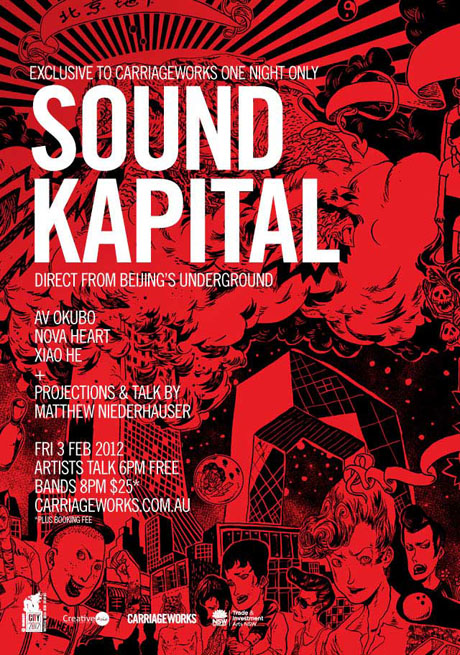
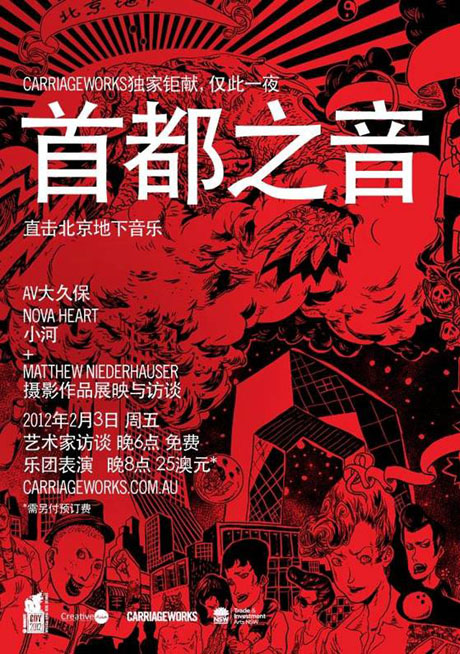
I am getting onto a plane for Australia in a few hours. This is my first time heading down under – very excited. This Friday evening Carriageworks, a huge art and cultural center in Sydney, is going to present a program on my Sound Kapital project. I am giving a short talk around 6PM followed by a performance at 8PM by three amazing bands from Beijing: Nova Heart, AV Okubo/AV大久保, and Xiao He/小河. An extended selection of my work documenting the underground music scene in Beijing will also be projected during the concert. It should be an awesome evening all around. Check out the links to Carriageworks above for ticket information and videos below for previews of the bands.
Jan 26, 2012 | Counterfeit Paradises, Society, Travel
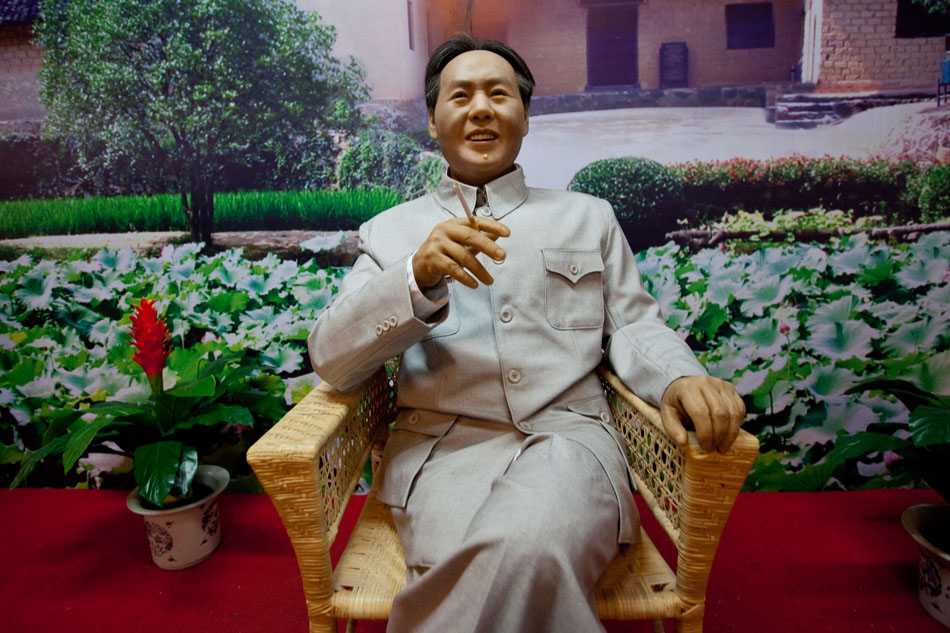
This is the second of a series of posts detailing the bourgeois practices of nouveau-riche, communist-heritage pilgrims who possess expectations and consumer desires that seem at odd with the core ideologies of the founding fathers of the Chinese Revolution. Armed with cash and a new sense of leisure, most of these fledgling tourists first make their way to Shaoshan/韶山, the birthplace of Mao Zedong. A slew of “red” products and trinkets are available around every corner even in the face of sincere reverence for founding Chinese Communist Party leaders that borderlines on idolization. Elderly tourists kowtow to statues of Mao Zedong while company retreats sing “red” songs and pledge oaths. These blind followers make easy prey for egregious tourist traps such as the Shao Yue Palace Maoist Family History Show, where attendants usher punters into Mao Zedong veneration halls, hand out lucky ornaments, ask them to bow to a Mao Zedong statue three times and then try to charge them for the “blessed” ornaments. Some estimate the value of the entire “red” industry at $1.5 billion dollars and Mao Zedong’s hometown is at the epicenter. Also check out the last post in the series on “The Defense of Yan’an” reenactment.
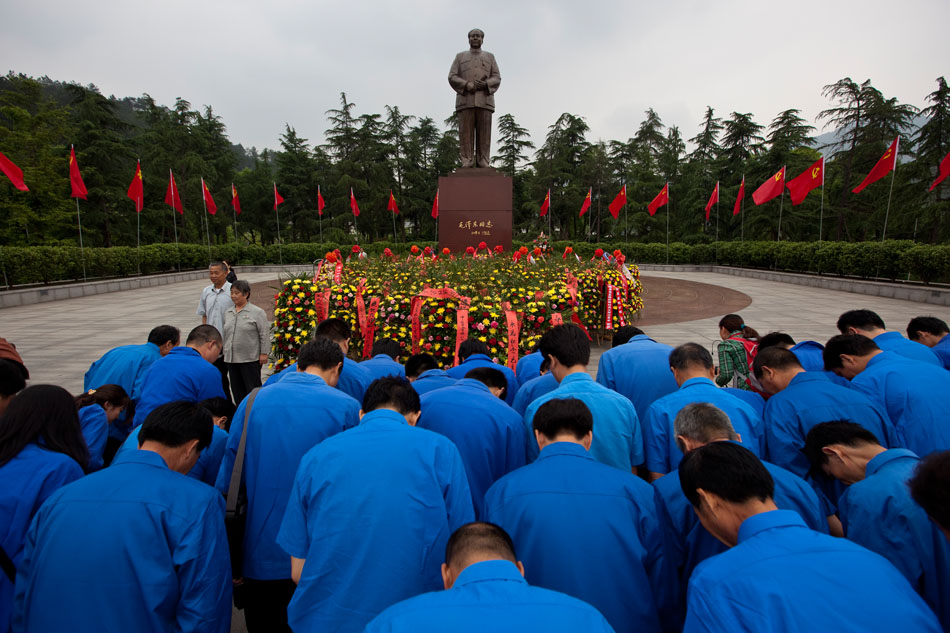
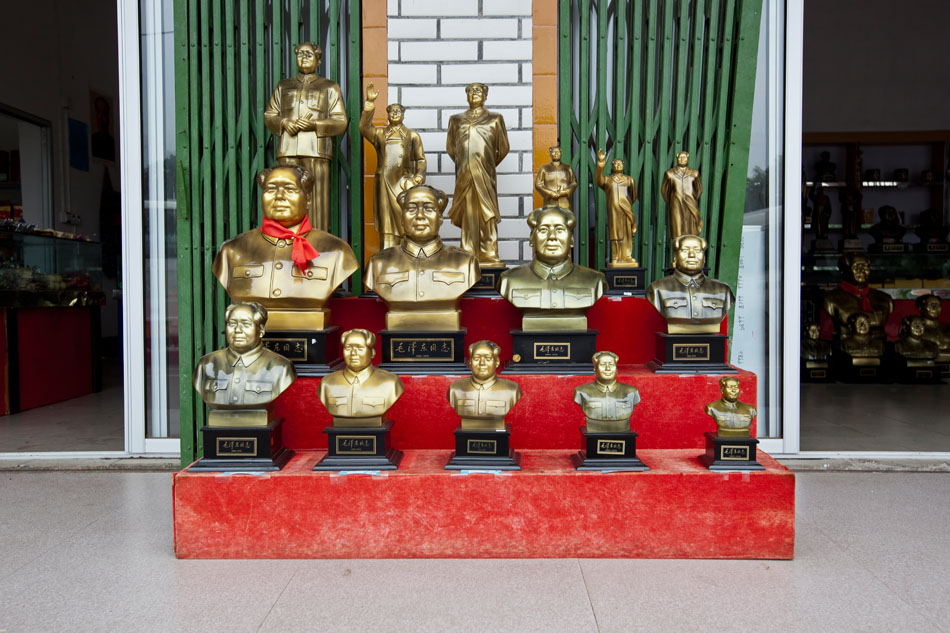
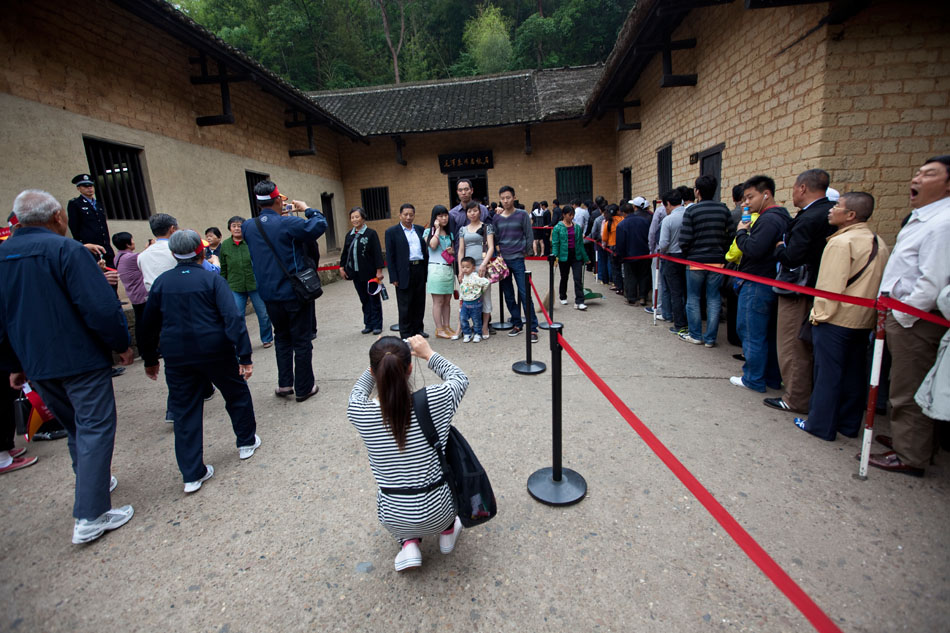
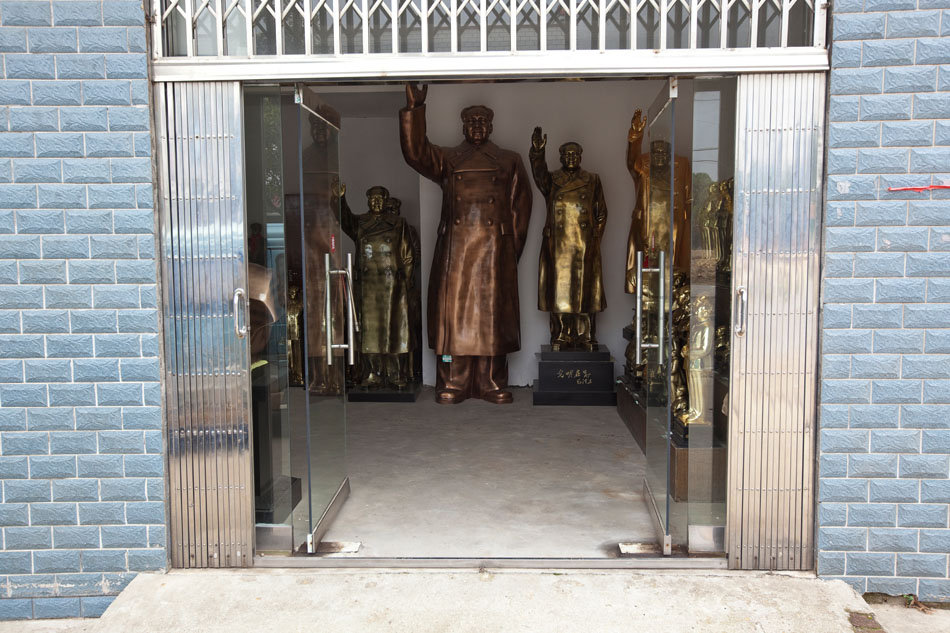

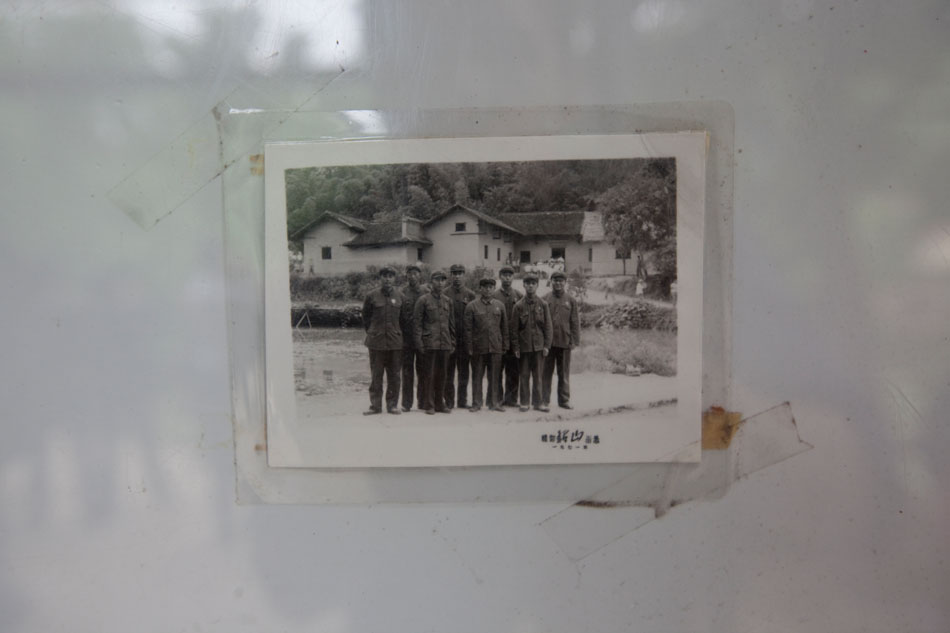
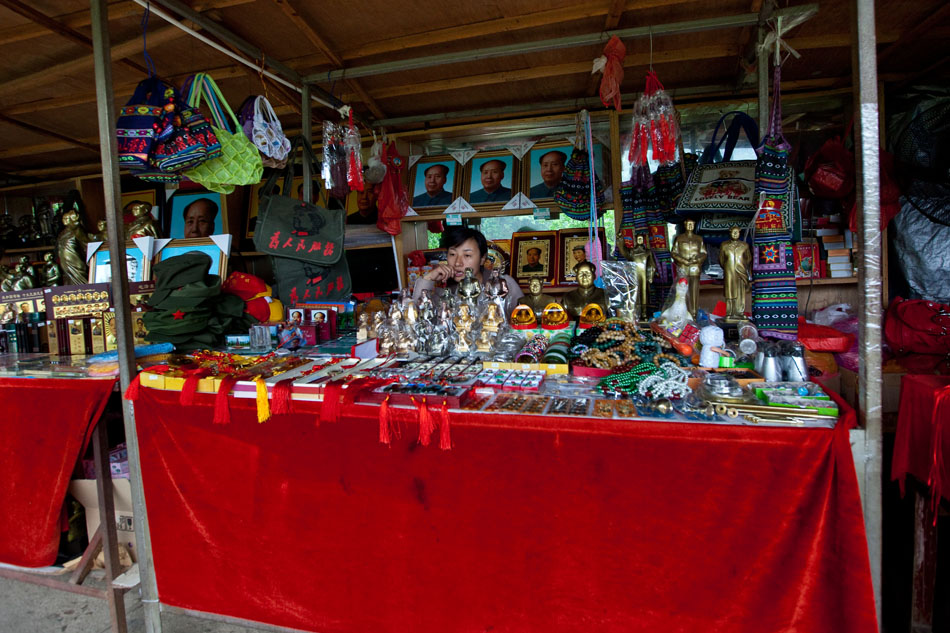
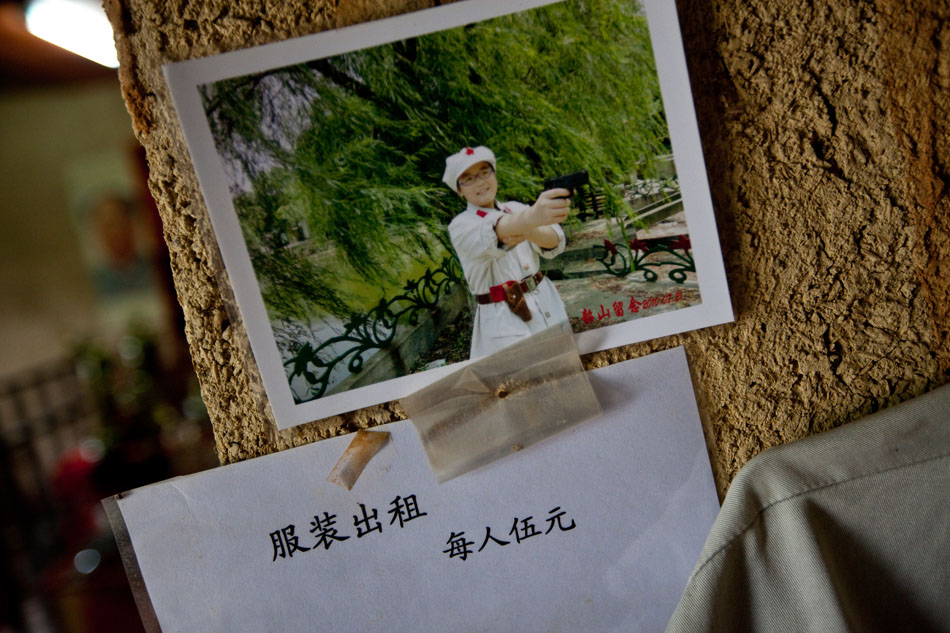
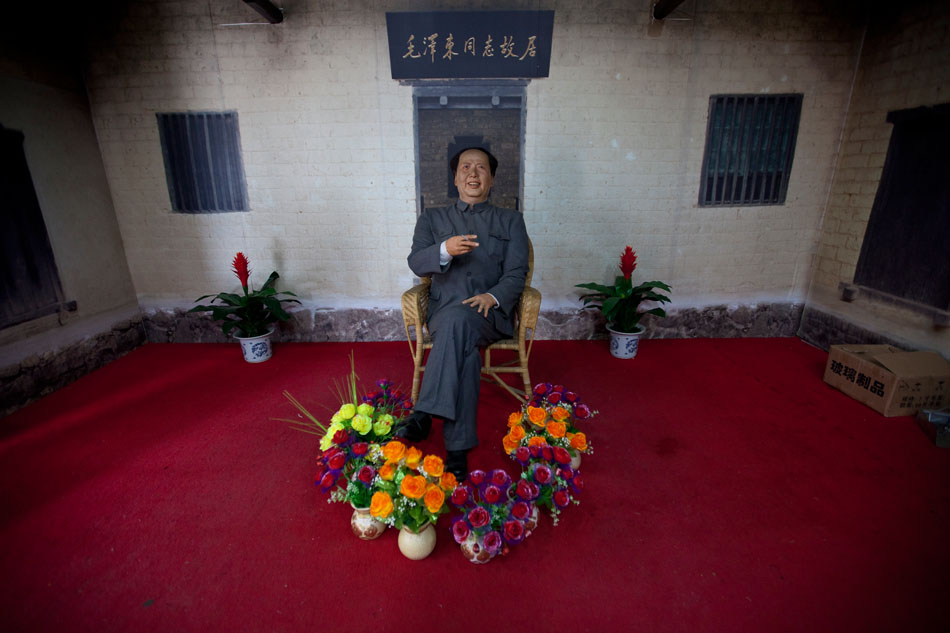
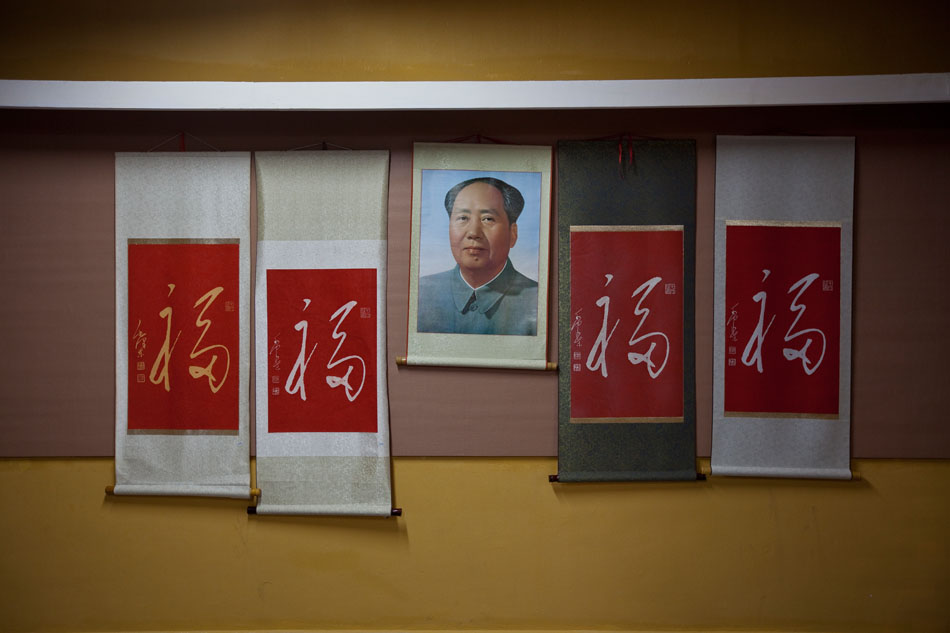
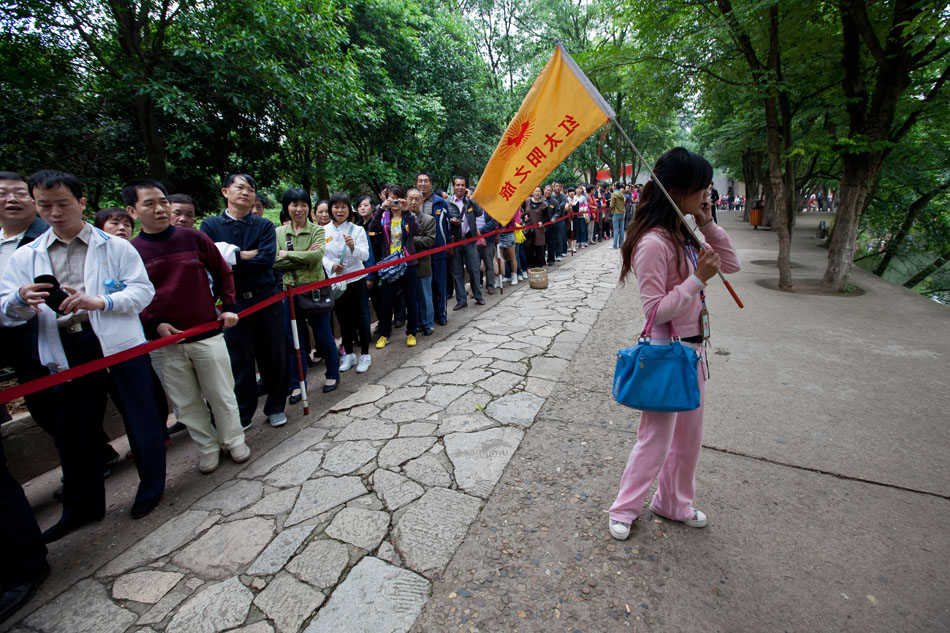
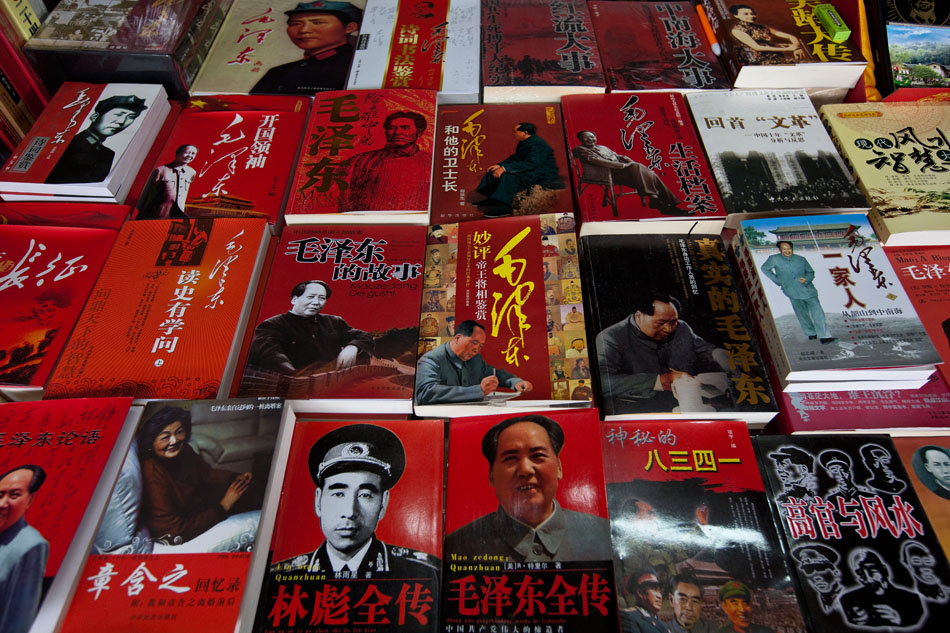
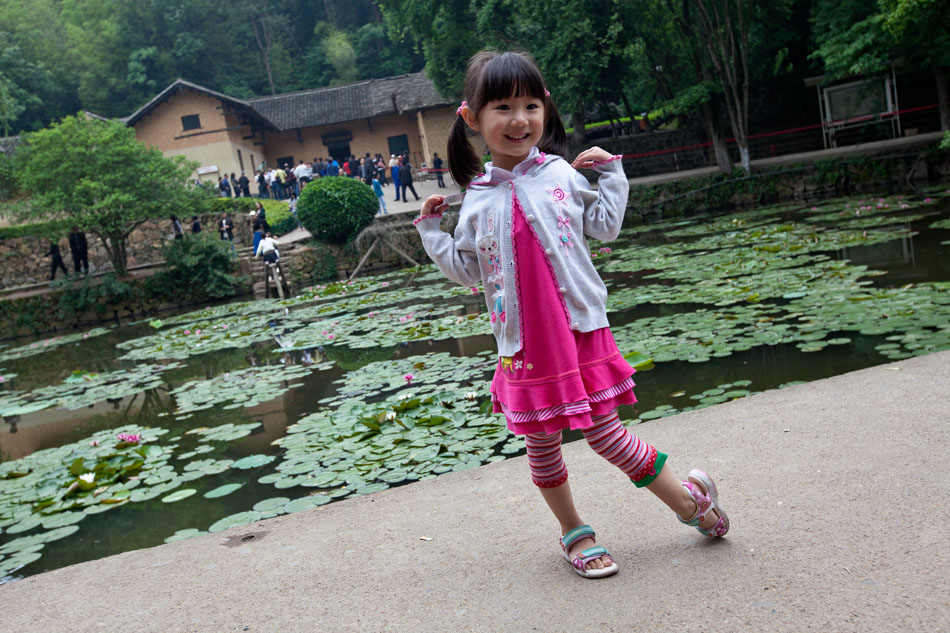
Jan 9, 2012 | Music, Youth

I always like to brag about Beijing being the center of the music universe in China. It is rather hard to dispute. The only band that throws a wrench in my argument is
Duck Fight Goose. Hailing from Shanghai, they are one of the best bands in China, hands down. Their new album Sports, recently released by Maybe Mars, should put them more on the map not only domestically but hopefully internationally. I love the math and prog rock influences and genuinely feel it could be a breakout album. Han Han, the lead singer and general impresario, is taking the band in a wide array of directions. Their live performances are also extremely tight – check out footage from the Sports album release party at D-22 below. So, onwards and upwards with Duck Fight Goose, and may they continue to instigate a renaissance of sorts in Shanghai.
